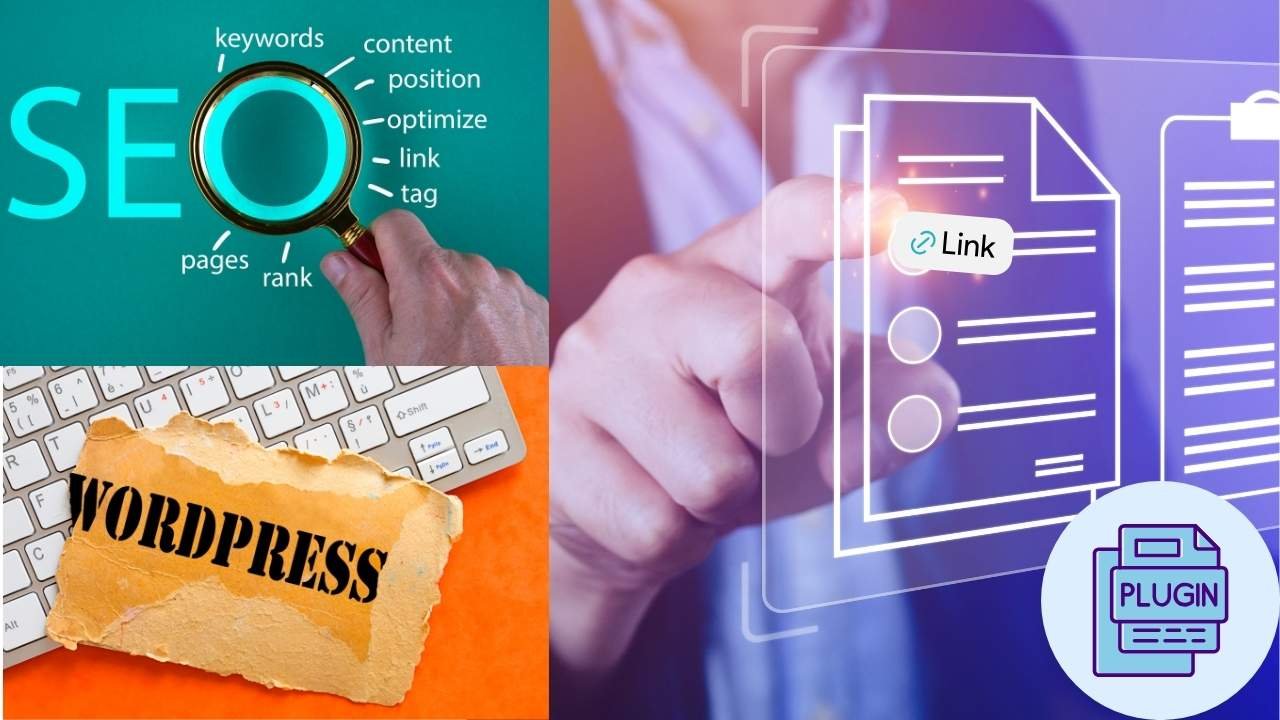How to Speed Up Your WordPress Site in 2025 (Step-by-Step Guide)

Discover how to speed up your WordPress site in 2025 with this step-by-step guide. Learn optimization tips, plugins, hosting choices, and FAQs to improve site speed, SEO, and user experience.
How to Speed Up Your WordPress Site in 2025 (Step-by-Step Guide)
A fast-loading website is no longer optional in 2025—it’s a necessity. Studies show that 53% of users abandon a website if it takes more than 3 seconds to load. Google also considers site speed a key ranking factor, meaning a slow WordPress site can hurt both your SEO and conversions.
Whether you’re running a blog, an eCommerce store, or a business website, speed optimization is critical. In this step-by-step guide, we’ll cover proven methods to speed up your WordPress site in 2025, ensuring a smoother user experience and higher search rankings.
Why Website Speed Matters in 2025
Before diving into the steps, let’s quickly recap why speed optimization is essential
- Better SEO rankings Google Core Web Vitals prioritize loading speed.
- Improved user experience Visitors stay longer on fast sites.
- Higher conversions Faster checkout processes boost sales for WooCommerce stores.
- Lower bounce rates A sluggish website pushes users away instantly.
Now, let’s break down the step-by-step process.
Step 1: Choose a Reliable Hosting Provider
Your hosting is the foundation of your website’s performance. In 2025, cloud-based managed WordPress hosting is the gold standard.
What to look for in hosting
- SSD or NVMe storage
- Built-in caching
- PHP 8+ support
- Global Content Delivery Network (CDN) integration
- High uptime (99.9%+)
Recommended options: Kinsta, SiteGround, WP Engine, or Cloudways.
Step 2: Use a Lightweight WordPress Theme
Many themes are bloated with unnecessary features that slow down performance. In 2025, lightweight and modular themes are the way forward.
Best themes for speed
- GeneratePress
- Astra
- Neve
- Blocksy
Choose a theme that focuses on speed and lets you add only the features you need.
Step 3: Install a Caching Plugin
Caching reduces server load by storing static versions of your site. This dramatically improves speed, especially on repeat visits.
Top caching plugins in 2025
- WP Rocket (premium, all-in-one solution)
- LiteSpeed Cache (free, works best with LiteSpeed servers)
- W3 Total Cache (advanced customization)
Step 4: Optimize Images and Media Files
Images often account for 50–70% of a page’s weight. Compressing and optimizing them is crucial.
Tips for image optimization
- Use next-gen formats like WebP or AVIF.
- Compress images with tools like ShortPixel or Imagify.
- Enable lazy loading so images load only when visible.
Step 5: Implement a Content Delivery Network (CDN)
A CDN delivers your content through multiple servers worldwide, reducing latency for global visitors.
Popular CDNs in 2025
- Cloudflare
- Bunny.net
- KeyCDN
Pairing your hosting with a CDN ensures your site loads quickly everywhere.
Step 6: Minify and Combine CSS, JavaScript, and HTML
Large code files can delay page rendering. Minification removes unnecessary characters (spaces, comments) to reduce file size.
Tools to use
- Autoptimize
- Asset CleanUp
- WP Rocket (built-in minification)
You can also delay JavaScript execution to improve Core Web Vitals scores.
Step 7: Use a Database Optimization Tool
Over time, your WordPress database collects unnecessary data like spam comments, revisions, and transient options.
Best database cleanup plugins
- WP-Optimize
- Advanced Database Cleaner
- WP Rocket (automatic cleanup)
Schedule weekly cleanups to keep your database lean.
Step 8: Enable GZIP or Brotli Compression
Compression reduces the size of files sent from your server to the browser, cutting down load times.
- GZIP is widely supported.
- Brotli offers even better compression rates in 2025.
Most hosts or caching plugins let you enable this with one click.
Step 9: Limit Plugins and Use Only Essential Ones
Too many plugins can cause code bloat, conflicts, and speed issues. Audit your plugins regularly and deactivate unnecessary ones.
Essential plugins for performance
- WP Rocket or LiteSpeed Cache
- ShortPixel (image optimization)
- Query Monitor (performance tracking)
Step 10: Monitor Performance with Speed Testing Tools
Regularly testing your site helps you identify bottlenecks.
Top tools in 2025
- Google PageSpeed Insights
- GTmetrix
- WebPageTest
- Lighthouse (Chrome DevTools)
Aim for
- LCP (Largest Contentful Paint) < 2.5s
- FID (First Input Delay) < 100ms
- CLS (Cumulative Layout Shift) < 0.1
Final Thoughts
Speed optimization is an ongoing process. By following these steps—choosing better hosting, optimizing images, using caching, and minimizing code—you’ll significantly improve your WordPress site’s performance in 2025.
A faster site means happier users, better SEO rankings, and more conversions. Make speed a priority, and your WordPress website will thrive.
FAQs About Speeding Up WordPress in 2025
- What is the biggest factor affecting WordPress speed? Hosting quality and caching are the two biggest factors influencing speed.
- How fast should a WordPress site load in 2025? Ideally, under 2–3 seconds for the best user experience and SEO.
- Do plugins slow down WordPress? Yes, poorly coded or unnecessary plugins can slow down performance. Always use lightweight, reliable plugins.
- Should I use a free or paid caching plugin? Free options work well, but premium plugins like WP Rocket offer more features and easier setup.
- Can images slow down my site? Absolutely. Unoptimized images are one of the leading causes of slow sites. Always compress and use modern formats like WebP.
- Is a CDN necessary for small websites? While not mandatory, a CDN can significantly improve performance for visitors outside your server’s location.
- How often should I clean my WordPress database? At least once a month, but weekly cleanups are recommended for high-traffic sites.
- What’s better: GZIP or Brotli compression? Brotli offers better compression rates in 2025, but GZIP is still widely supported and effective.
- How can I check my site speed? Use tools like PageSpeed Insights, GTmetrix, or Lighthouse to test performance regularly.
- Do premium themes load faster than free ones? Not necessarily. Performance depends on how lightweight and well-coded the theme is, not the price tag.
AI + GPL: How Open-Source AI Is Transforming Affiliate Marketing
Discover how open-source AI (under GPL and other licenses) is powering the next wave of affiliate marketing. Learn tools, strategies,…
Affiliate Blogging Blueprint 2025 | WordPress Setup, SEO Strategy & Monetization Steps for Beginners
Learn how to start a successful affiliate blog using WordPress in 2025. Discover setup steps, SEO optimization, plugin recommendations, and…
Best WordPress Affiliate Link Management Plugins 2025 — Free & Premium Compared
Discover the top WordPress affiliate link management plugins (free & pro), compare features, pros & cons, pricing, and see which…
Affiliate vs Reseller: What’s Better for GPL WordPress Entrepreneurs?
Discover whether an affiliate model or a reseller model is best for a GPL WordPress business. Learn advantages, risks, revenue…





